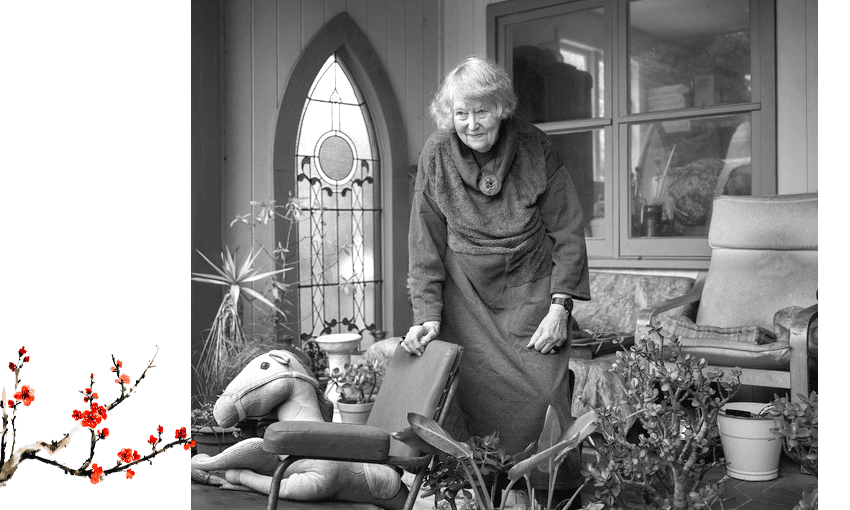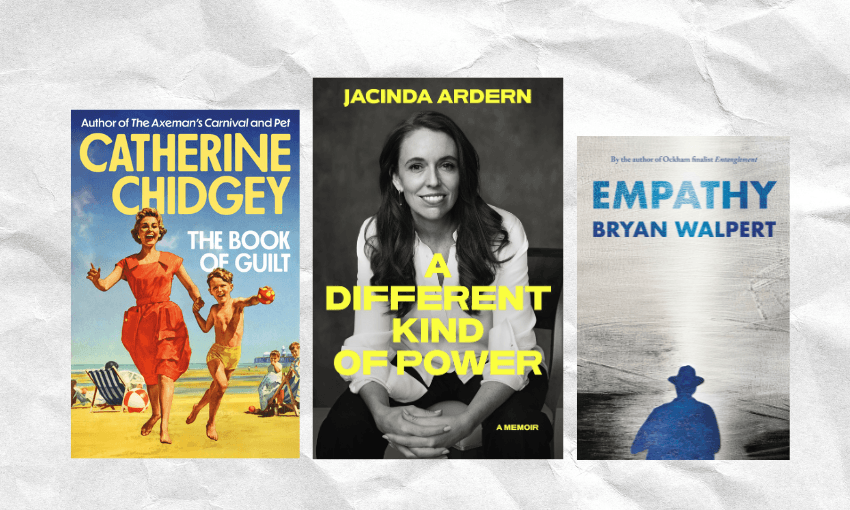Jeremy Rose was first photographed by Ans Westra at the age of five, dressed in a clown suit. Here he reflects on their final meeting, and the ones that came before.
A couple of weeks ago I was delighted to get a message from Ans Westra suggesting we work on some projects together.
“We could think of another collaboration. Perhaps about the good things we used to get into in the past. I can think of so many where our histories have crossed: Matauranga School,” she wrote.
“The great work done in mental health before it all folded through wrongly expressed sentiments. When the patients from Porirua were shunted into drug dependency and ended up living on the streets. I have so many great photographs on that last topic which now could be used as it can be classed as history.”
I was particularly delighted because it was the first I’d heard of her since I wrote a piece for NZ Herald’s Canvas magazine, published in January, recording a reunion between her and Mongrel Mob member Dennis Makalio, 40 years after she’d photographed him at the gang’s Porirua pad.
To say I was excited about the prospect of exploring our mental health system in the 80s and early 90s isn’t quite right.
My mum, Lisa Rose, who ended up taking her own life, and Ans were friends. And Ans had told me, while we were driving back from Foxton where her exhibition Handboek was on display, that once when she was in hospital my mum had told her: “You’re not bipolar: you’re just unhappy. And she was right.”
There’s a sadness that comes with having someone close to you commit suicide which, in my experience, is never far from the surface. Having that sadness bubble up can be unsettling and tiring. But Ans’s story reminded me of Mum at her best. Supportive, critical of established norms, and incisive. And I was drawn to the idea of writing about mental health and the toll it takes – particularly on people who are made to feel like outsiders.
People like Ans and my mum.
For some reason I assumed the conversation had taken place in the 1970s – before my mum’s descent into mental illness. Some of my earliest memories are of Mum taking me to visit one of her and Ans’s friends – the poet Meg Campbell.
But when I popped into Ans’s house the week before last to discuss what she had in mind, she put me right.
In fact, they had briefly been patients together in Wellington’s Ward 27 psychiatric ward in the early 1990s.
“It said on the door that it was a voluntary ward but they took my clothes off me and locked them away,” she told me.
“I asked a nurse if I was mad, and she said: “No you’re not mad… for a CRAZY person.”
Ever the photographer, Ans had asked for permission to take her camera with her but was told that wouldn’t be possible. I’m not sure whether that’s a pity or not. I’m sure the photos would have been honest, but being reminded of my mum in that environment would be hard.
Mum was right: Ans wasn’t bipolar and her stay was short.
Ans was a hoarder though. But on a hoarder’s trash-to-treasure index her house was well and truly in the treasure section.
As you opened the front door, Ans greeted you from her bed. You had to clear a pile of books from a chair to sit down. The walls were dripping with paintings by a who’s who of New Zealand artists: most of whom she knew personally. Ans’s own works were all but absent. There was a pamphlet for one of the shows in the pile of stuff I removed from the chair and some of her books on the bookshelf.
Wellington had experienced quite a shake a few days before my visit and Ans told me with a laugh that she had woken up on the floor not knowing quite what had happened. Ans often laughed. It was almost a form of punctuation.
I asked her what she had in mind when it came to the mental health project and she told me she had two series of photos she was particularly keen on that had never been published. One was of patients at the Hutt hospital during a time when it had a Peruvian psychiatrist with progressive views on mental health, and the other was from an open day at Porirua hospital.
She described a photo of a Māori man – who had spent most of his life at Porirua hospital – being held by a security guard with a punk rock haircut. The man’s family didn’t want the photo displayed. “It was a pity, really. It’s a very tender photo.”
We agreed that we would get in touch with family and see whether, with time, they’d come to see the picture differently.
The photographer Bruce Connew once told me he thought the language of photography – shooting, capturing, taking an image – spoke to one of the more problematic aspects of the discipline.
Ans was at my mum’s funeral: as always she had her Rolleiflex camera in hand. I remember Johnny Baxter, the son of poet James K Baxter, coming up to me and asking if I wanted him to tell her to stop.
He was still pissed off at Ans for the photos she took without asking permission at his dad’s funeral.
My brother Tim had asked Ans to take photos, which I’ve never seen and have no desire to. There are some memories that don’t need a photograph’s prompt – in fact, it would be unwelcome.
But for each of us who has events caught by Ans that we prefer to leave alone there will be dozens, like Dennis Makalio, who are grateful there was a photographer interested enough in their story to take the time to record it on the distinctive, almost square negative of a Rolleiflex camera.
My earliest memories of being photographed are from when I was about five, when Ans visited our family in Ngaio. I’ve got a photo of me in a clown suit, with my two brothers, hanging in my bedroom. Ans gave it to me in the early 90s. I had gone up to her house to talk to her about photos of Matauranga – an alternative school in Wellington that I had attended and was writing a history of.
She gave me a piece of paper with a series of negative numbers and said I’d be able to find them in her collection stored at the Turnbull Library. No fee required. I’m sure she’s done the same for hundreds of others.
And then she gave me a slightly tattered, exhibition-sized print of the photo of us three brothers.
Reviewing Handboek – the collection of her photos published to coincide with her retrospective – in 2008, I wrote: “Being photographed by Westra is a far more subtle experience than being ‘shot’ on a standard SLR camera. There can be few photographers as physically defined by their camera as Westra. Her slight stoop seems purpose-built for the head-down posture, required by a Rolleiflex.”
Ans continued taking photos until the end. On the trip to Foxton and back she snapped photos on a small digital camera. Her eyesight seemed to be fading.
“Cute dog,” she said, as she took a photo of a calf in a trailer being towed in front of us.
She was looking forward to a stint as an artist in residence in Invercargill.
As I was leaving she mentioned that Hone Tuwhare used to ring her in the middle of the night and say: “Have they made you a dame yet? I couldn’t accept an honour like that – I’m a communist. But you should get one.”
Tuwhare described Ans’s photographs like this: “Ans’s works are seedlings of a quiet joy, of hope; and smartening-up, the human sense of: Hey Mate! You’re me!”
I can’t do better than that.



